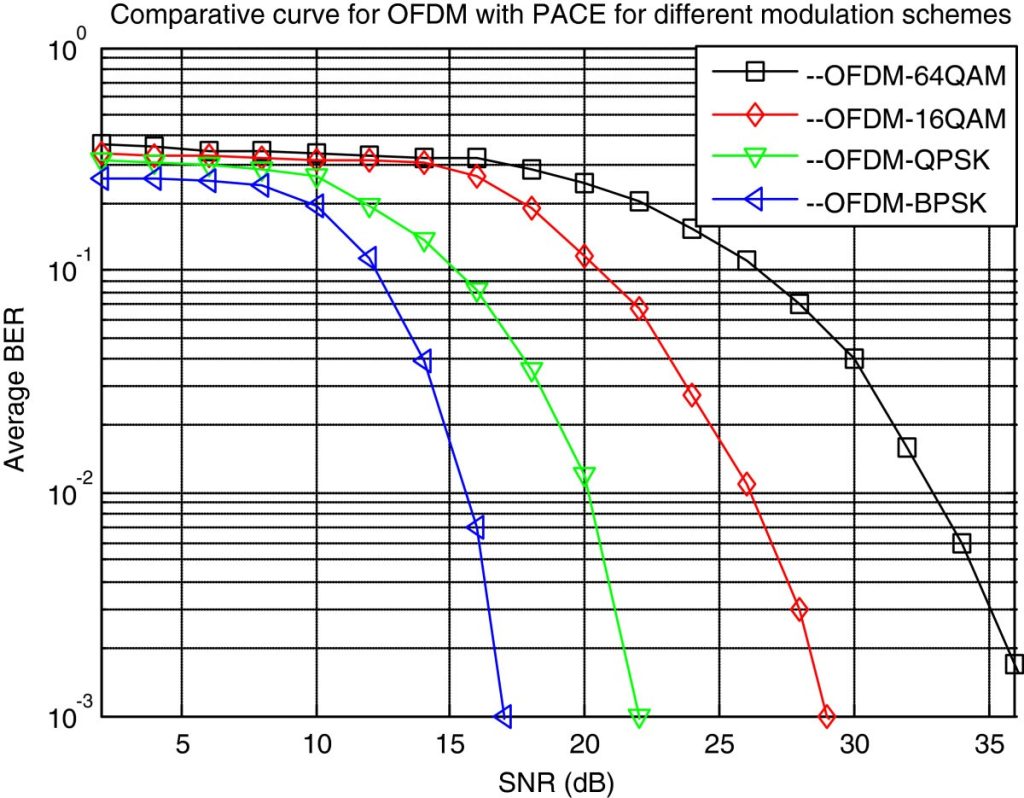Understanding Wireless Channel Fading and Its Impact on OFDM Systems: This section will provide an overview of wireless communication and channel fading, explaining the impact of fading on OFDM performance
The enigmatic world of wireless communication systems is fraught with numerous types of channel fading, a couple being the notorious multipath and fast fading. The wireless environment poses obstructions such as towering buildings or thick foliage which can cause attenuation leading to signal loss or degradation. With OFDM performance taking a hit due to these […]











